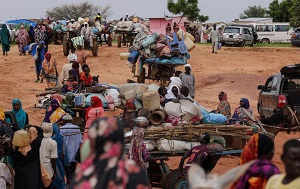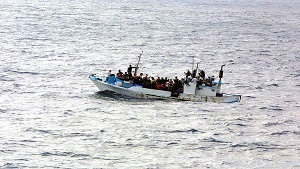This is according to Political analyst Claude Kabemba, the Executive Director of Southern Africa Resource Watch, who also says there is a desperate need for renewed efforts to find a quick solution to this conflict.
This is amidst humanitarian aid agencies warning of a looming catastrophe, as resurgent M23 militia fights its way through the mineral-rich region. As fighting between M23 rebels and DRC government forces intensified around Goma, the capital of the eastern province of North Kivu, many say the situation has become catastrophic.
According to the United Nations High Commissioner for Refugees, more than 230 000 people fled Goma in February alone. M23 is one of about 100 armed groups operating in eastern DRC, a strategically important and mineral-rich region that has been beset by conflict for decades.
Meanwhile the DRC government blames neighbouring Rwanda, which has been accused of supporting M23 as well as having troops in the DRC, for the group's re-emergence.
“People are suffering. We are seeing massive displacement internally of people who do not have humanitarian support. These people are forgotten, the government is unable to reach them and I think there is need for a much better solution than we've seen it in the past 28 years,” Kabemba said.
He echoed the DRC government’s contention that M23 was backed by Rwanda, but he also said Uganda was a part of it.
“When you go to the genesis of this war, evidence that Rwanda is supporting the M23, I think is something we must not deny. We also know that Uganda, which is not mentioned quite often, is also in this conflict. The problem with Uganda is that the DRC government went into alliance with Uganda to fight the Ugandan rebels who are in the DRC. It's become very difficult for the DRC to criticise Uganda, but we know that Uganda should also be part of this conflict. So my sense is that there is evidence of that.
--ChannelAfrica--













